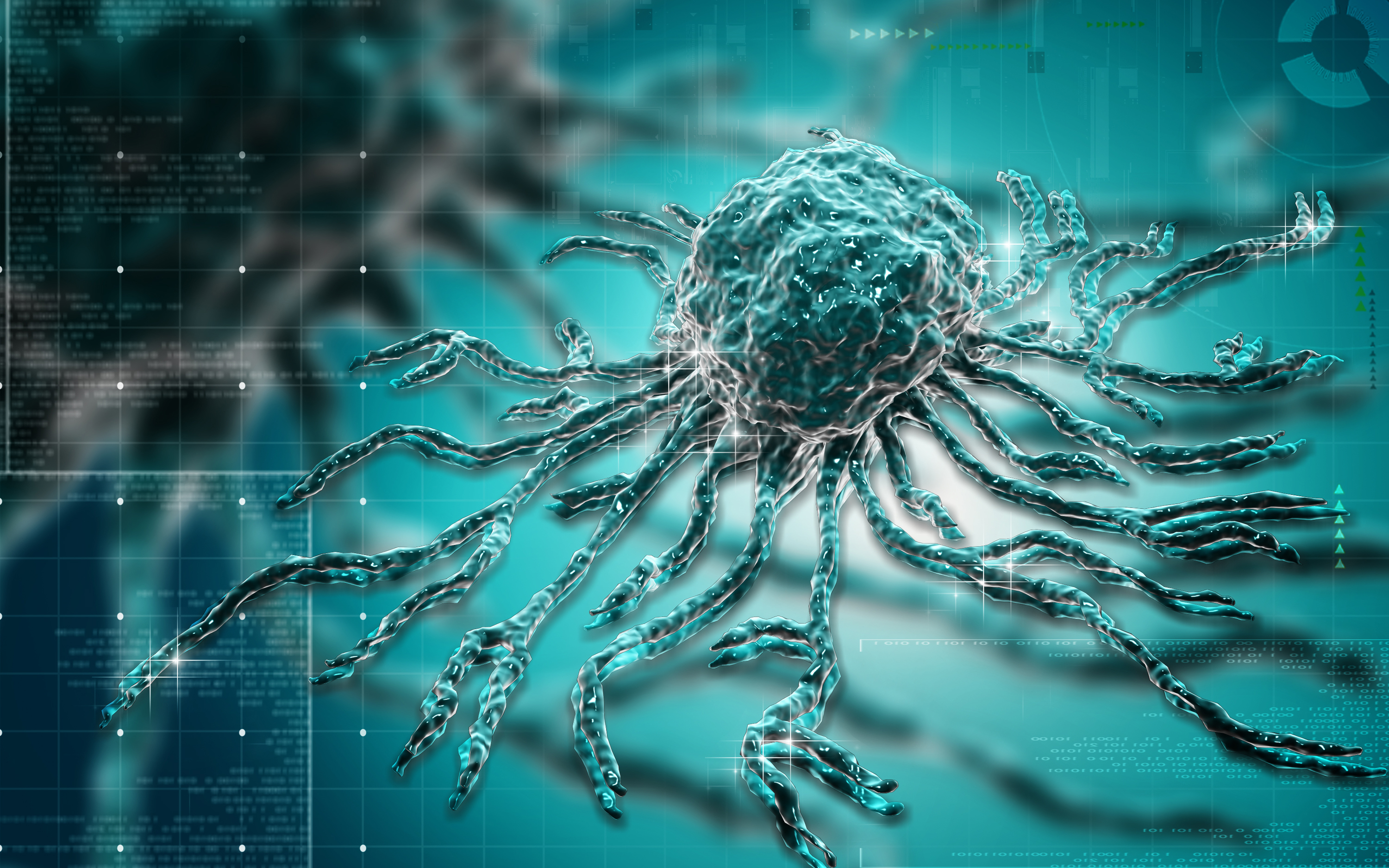A new study recently published in the journal Nature Medicine revealed that embryonic stem cells are able to repair damaged lung tissue in mice models. The study was led by researchers at Weizmann Institute of Science in Israel and is entitled “Preconditioning allows engraftment of mouse and human embryonic lung cells, enabling lung repair in mice.”
It is estimated that more than 35 million individuals in the United States suffer from chronic respiratory disease such as asthma, emphysema, bronchitis and cystic fibrosis. Together, these respiratory conditions represent the second leading cause of death worldwide.
Restoration of the injured lungs is a longstanding therapeutic challenge. Now, researchers propose that embryonic stem cells (immature cells with the ability to differentiate into different specialized type of cells) are able to repair damaged lung tissue.
Stem cells are concentrated in specific compartments in each organ. It was previously reported that specific stem cells usually encountered in compartments in the lungs share a high similarity with those in the bone marrow. Based on this observation, the researchers hypothesized that “we might be able to apply our knowledge of techniques for transplanting bone marrow stem cells to repairing lung tissue,” explained the study’s senior author Dr. Yair Reisner in a news release.
Transplanting bone marrow stem cells is based on two important features: the fact that stem cells can navigate through the blood and reach the appropriate compartment, and the fact that the compartment receiving these new transplanted cells needs to have enough space to accommodate them. The team thought that these principles could also be applied when transplanting new stem cells into the lungs.
Lung stem cells are quite rare, so in order to obtain a source of lung stem cells suitable for transplanting, researchers tested human embryonic stem cells from the 20th–22nd week of gestation (15–16 days for mouse embryonic stem cells). This particular time point was chosen because researchers found it to be the optimal time frame where cells have completed the differentiation process and are able to stimulate lung regeneration. To achieve the second principle on stem cell transplantation, the lung’s stem cell compartments were cleared through sub-lethal radiation.
These lung stem cells were then administered as an intravenous infusion of a single cell suspension into mouse models of lung damage. Researchers found that the transplanted embryonic lung stem cells migrated through the blood and reached the lungs were they settled in the proper stem cell compartment. Six weeks after the treatment, the embryonic stem cells had differentiated into normal lung tissue. Remarkably, the team found that the damaged lung tissue in these mice had healed and that their respiratory function had improved significantly.
The research team concluded that embryonic stem cells are able to successfully heal and reconstitute damaged lung tissue in mice models. The team’s next goal is to determine the optimal dose of drugs required to avoid rejection of the transplanted cells, and “to create a bank of lung tissue that will be a resource for embryonic lung stem cells,” concluded Dr. Reisner.

